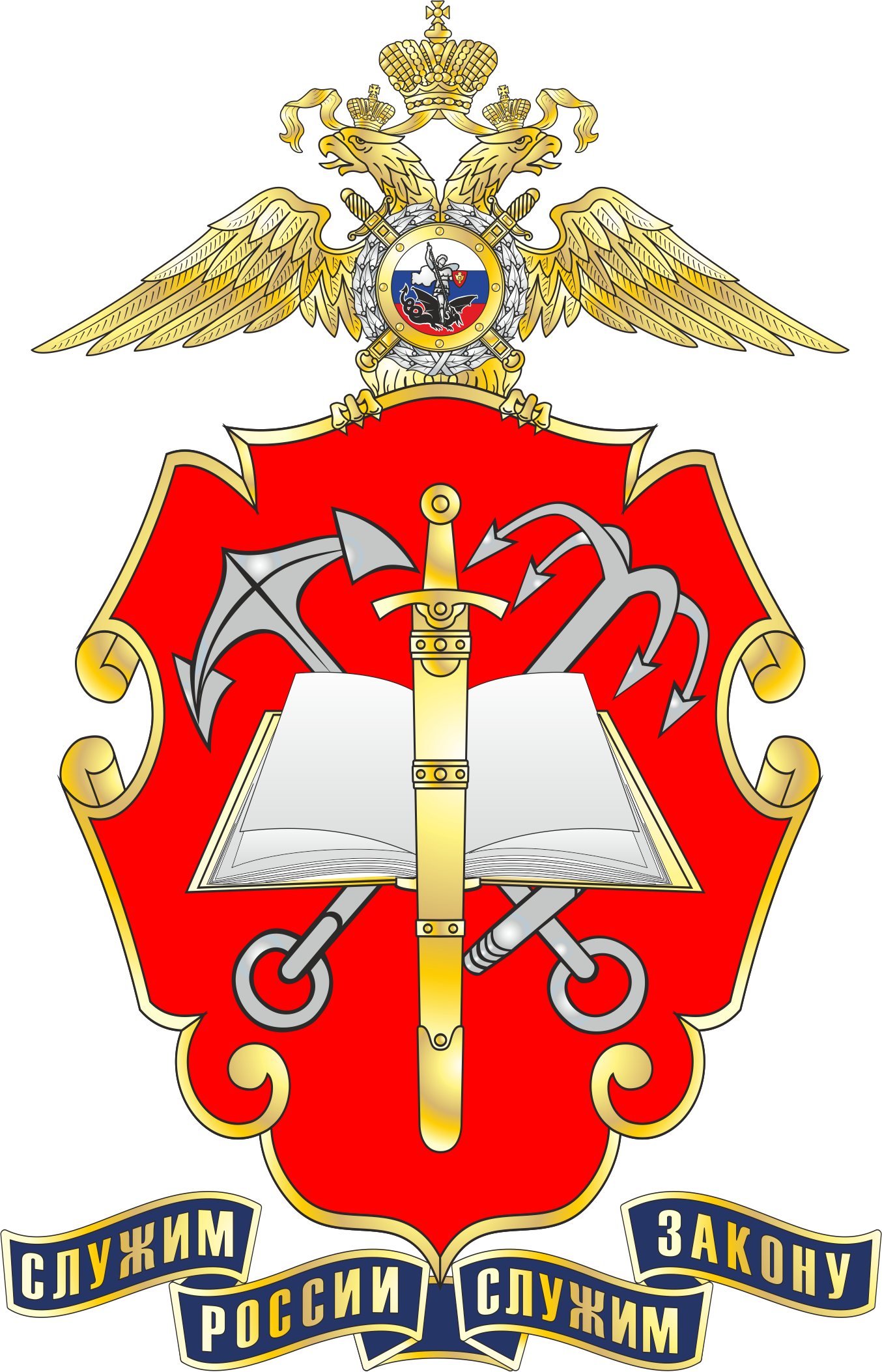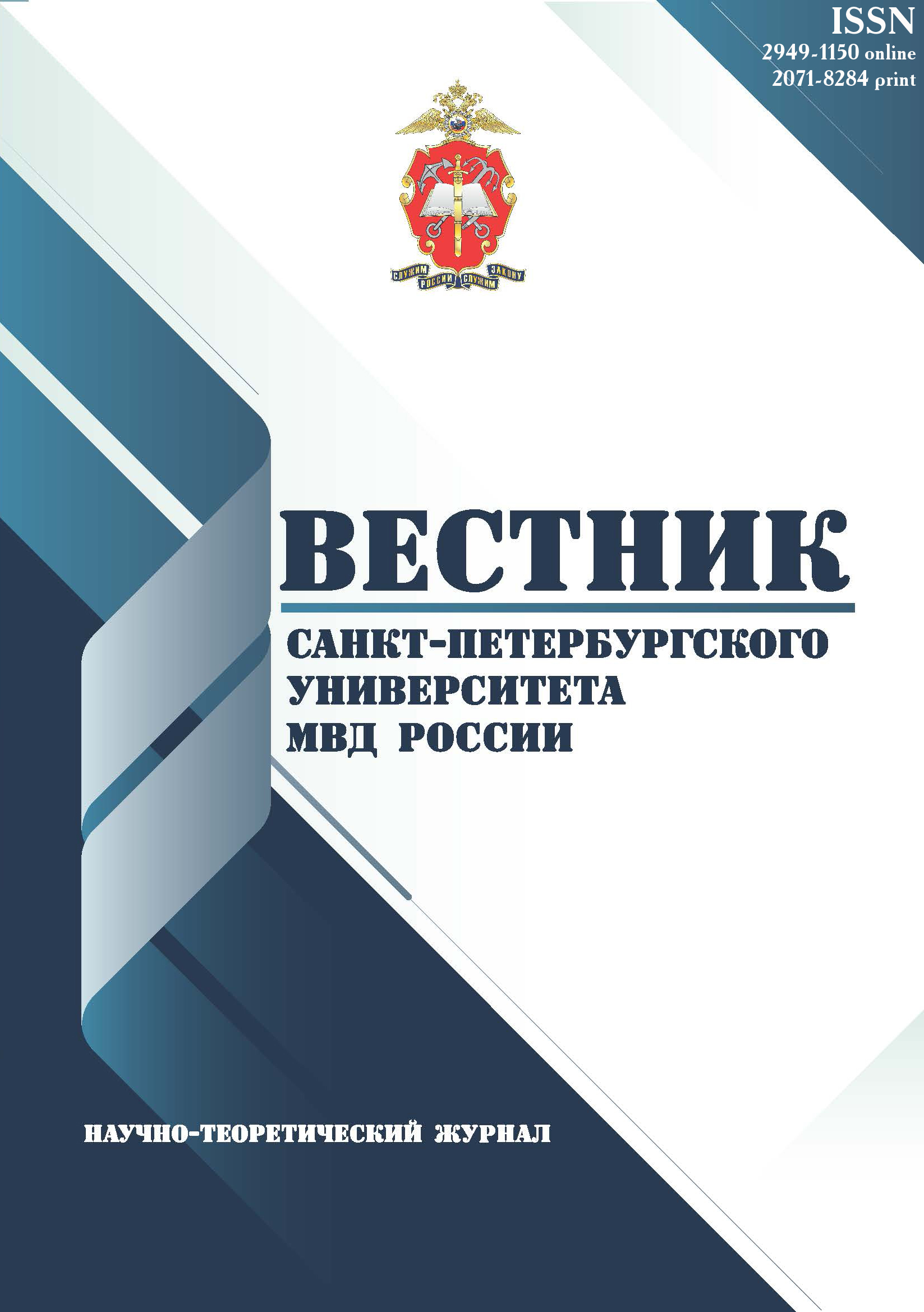St. Petersburg, St. Petersburg, Russian Federation
UDC 343.953
The article considers problem of prevention of return to crime by persons under police probation. It is shown that the social environment plays a significant role in the adaptation of probationers. The work focuses the attention on the importance of social network for adaptation of person to difficult life situations. The author considered socio-psychological theories of social network, distinguished subjective, group and network directions of research and described the model of social network and its components. In the course of research, the author characterized the interactive and reflexive components, have shown the possibilities of their application for studying social relations of the probationers and made assumption about the possibility of revealing the risk of delinquent behavior through studying the characteristics of interaction with the environment. The hypothesis has been tested empirically. The study compares perceptions of the social environment in groups of probationers (89 persons, mean age 37 years, SD=7.4 years, 91.1% male) and law-abiding individuals (91 persons, mean age 35 years, SD=5.5 years, 96.7% male). Data was collected by standardized self-report, as well as with the help of two questionnaires, describing the social network characteristics and a rate of probation offences. The author compared data using Mann–Whitney U test. The results confirmed hypothesis showing differences in interactive and reflexive characteristics of social network. It was found that the risk of delinquent behavior of probationers can be determined by the characteristics of size, heterogeneity and referentiality of social network combined with the assessment of the social network support and a level of social influence. The author concludes that these characteristics should be considered in the process of establishing the measures of social adaptation of inmates and prevention of the risk of violating the restrictions of probation.
probation, probationers, prevention of violations, psychology of offenses, social network
1. Aleksandrova L. A., Lebedeva A. A., Bobozhey V. V. Psihologicheskie resursy lichnosti i social'no-psihologicheskaya adaptaciya studentov s OVZ v usloviyah professional'nogo obrazovaniya // Psihologicheskaya nauka i obrazovanie. - 2014. - Tom 19. - № 1. - S. 50-62.
2. Valickas G. K., Gippenreyter Yu. B. Samoocenka u nesovershennoletnih pravonarushiteley // Voprosy psihologii. - 1989. - № 1. - S. 45-54.
3. Zlokazov K. V. Social'noe prostranstvo v predstavlenii prestupnika : monografiya. - Sankt-Peterburg: Sankt-Peterburgskiy universitet MVD Rossii, 2021. - 264 s.
4. Kaz'mina O. Yu. Social'nye seti i razvitie social'nogo povedeniya // Rukovodstvo po ocenke razvitiya social'nogo povedeniya starsheklassnika. - Moskva: Vektor, 1993. - 80 s.
5. Kataeva O. V., Shaposhnikov V. L. Deyatel'nost' territorial'nyh organov MVD Rossii po osuschestvleniyu administrativnogo nadzora za licami, osvobozhdennymi iz mest lisheniya svobody: sovremennye problemy // Problemy pravoohranitel'noy deyatel'nosti. - 2019. - № 2. - S. 37-39.
6. Kryukova T. L., Aripova A. O. Vospriyatie znachimosti emocional'noy podderzhki pri stresse i harakteristiki social'noy seti lichnosti // Vestnik Rossiyskogo universiteta druzhby narodov. Seriya: Psihologiya i pedagogika. - 2019. - T. 16. - № 2. - C. 181-195. doi:https://doi.org/10.22363/2313-1683-2019-16-2-181-195
7. Oschepkov A. A. Osobennosti cennostnoy struktury mikrogrupp podrostkov s deviantnoy orientaciey // Vestnik Kostromskogo gosudarstvennogo universiteta im. N. A. Nekrasova. - 2010. - № 4. - S. 181-186.
8. Svilo Ya. V. Metody diagnostiki social'no-psihologicheskih resursov lichnosti detey // Psihologiya. Istoriko-kriticheskie obzory i sovremennye issledovaniya. - 2020. - T. 9. - № 3A. - S. 123-129.
9. Chirkov A. M. Polimodal'naya psihoterapiya associacii stressovyh i psihicheskih lichnostnyh rasstroystv u osuzhdennyh // Vestnik instituta: prestuplenie, nakazanie, ispravlenie. - 2017. - № 1. - S. 67-71.
10. Antonucci T. C. Social support networks: Hierarchical mapping technique. // Generations. - 1986. - № 10 (4). - P. 10-12.
11. Boduszek D., Hyland P. The Theoretical Model of Criminal Social Identity: Psycho-social Perspective // International journal of criminology and sociological theory. - 2011. - № 4. - P. 604-614.
12. Deakin J., Fox C., Matos R. Labelled as ‘risky’ in an era of control: How young people experience and respond to the stigma of criminalized identities // European Journal of Criminology. - 2020. - URL: https://doi.org/10.1177/1477370820916728
13. Fritz C. O., Morris P. E., Richler J. J. Effect size estimates: Current use, calculations, and interpretation // Journal of Experimental Psychology: General. - 2012. - 141(1). - P. 2-18. doihttps://doi.org/10.1037/a0024338
14. Lifintsev D. V., Lifintseva A. A., Serykh A. B. Standardized Methods of Assessment of Individual’s Social Network in Social Work and Psychological Practice // Clinical Psychology and Special Education. - 2015. - Vol. 4. - № 4. - Pp. 1-11. doi:https://doi.org/10.17759/psycljn.2015040401. (In Russ., abstr. in Engl.)
15. McCarty C., Bernard H. R., Killworth P. D., Johnsen E., Shelley G. Eliciting rep-resentative samples of personal networks // Social Networks. - 1997. - 19 (4). - P. 303-23.
16. McGoldrick M., Gerson R., Shellenberger S. Genograms: Assessment and inter-vention. - New York: Norton, 1999.
17. Robins G., Pattison P., Elliott P. Network models for social influence processes // Psychometrika. - 2001. - № 66 (2). - 161-189. https://doi.org/10.1007/BF02294834.
18. Turner J. Re-‘homing’ the ex-offender: constructing a ‘prisoner dyspora’ // Area. - 2013. - № 45. - P. 485-492.















